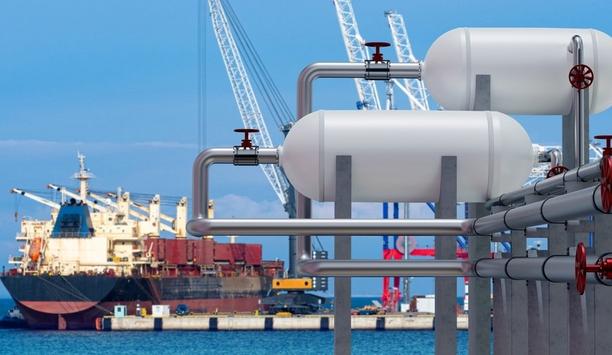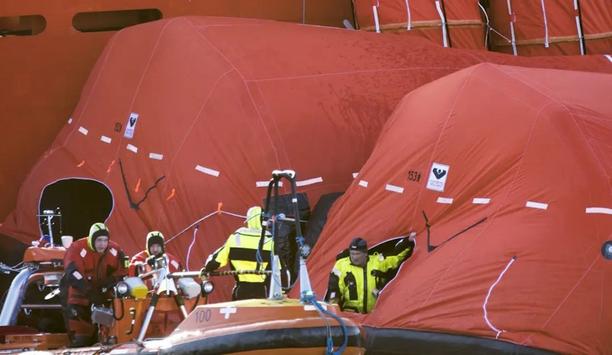Shortly (2022), there will be 20 new vessels joining the fleet, and Wan Hai Line's carbon emissions are expected to be 34.5% lower compared to 2008.
Meanwhile, to reach IMO’s target, Wan Hai Line plan to replace 22 vessels with new ones from 2023 to 2030 and these new vessels will be equipped with innovative engine technologies.
In the other words, its vision for 2030 is a reduction of 41.5% carbon emission (which is in advance of IMO’s standard) compared to 2008. Let’s go green.










